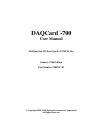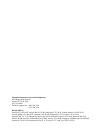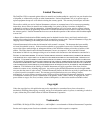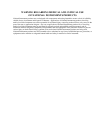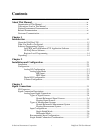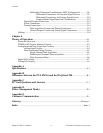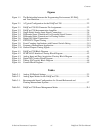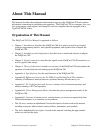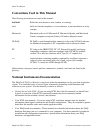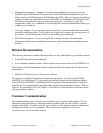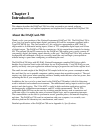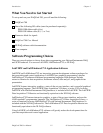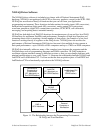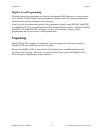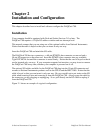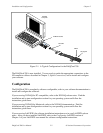About This Manual
DAQCard-700 User Manual x © National Instruments Corporation
Conventions Used in This Manual
The following conventions are used in this manual:
bold italic Bold italic text denotes a note, caution, or warning.
italic Italic text denotes emphasis, a cross reference, or an introduction to a key
concept.
Macintosh Macintosh refers to all Macintosh II, Macintosh Quadra, and Macintosh
Centris computers except the Centris 610 unless otherwise noted.
NI-DAQ NI-DAQ is used throughout this manual to refer to the NI-DAQ software
for Macintosh computers or PC compatibles unless otherwise stated.
PC PC refers to the IBM PC/XT, PC AT, Personal System/2, and laptop
compatible computers which are equipped with a PCMCIA standard
version 2.0 or later bus interface and a Type II, 5 V-capable slot.
< > Angle brackets containing numbers separated by an ellipses represent a
range of values associated with a bit, signal, or port (for example,
ACH<0..7> stands for ACH0 through ACH7).
Abbreviations, acronyms, metric prefixes, mnemonics, symbols, and terms are listed in the
glossary.
National Instruments Documentation
The DAQCard-700 User Manual is one piece of the documentation set for your data acquisition
system. You could have any of several types of manuals, depending on the hardware and
software in your system. Use the manuals you have as follows:
• Getting Started with SCXI—If you are using SCXI, this is the first manual you should read.
It gives an overview of the SCXI system and contains the most commonly needed
information for the modules, chassis, and software.
• Your SCXI user manuals—If you are using SCXI, read these manuals next for detailed
information about signal connections and module configuration. They also explain in greater
detail how the module works and contain application hints.
• Your DAQ board user manuals—These manuals have detailed information about the DAQ
hardware that plugs into or is connected to your computer. Use these manuals for hardware
installation and configuration instructions, specification information about your DAQ
hardware, and application hints.



